5 Important concepts to stopping any unwanted behavior
The video that I have put together here of Aston includes some of the key concepts to stopping many unwanted behaviors. How to stop a boxer dog jumping up is the example here. In this instance we’re wanting him to stop jumping up on people, in their faces and trying to grab the ball. The steps that I take could be applied to a whole range of issues. If you have a dog that is not behaving as you want then consider the following areas to get things turned around.
1. Control your environment
You can't train a dog when they are out of control. Sounds obvious and yet this is one of the most common and most serious errors to make. Once a person lets their dog off the leash who does not listen then we may as well sit down and wait for them to come back. They are now out of your control and any shouting will simply stress everyone out. In this case the long line allows me to keep control of Aston whilst he is going through the training phase. It won’t be required for long but it is essential at the start.
2. Know your goal
With Aston I had a very clear picture in my mind as to how I wanted him to behave. It was simple and clear and I kept my mind on it. Very often we enter a situation not knowing what we are really trying to achieve. We focus on “trying to stop the jumping” rather than getting Aston to sit and wait for a second. Knowing what you are aiming for is a simple but crucial concept.
3. Work with Nature, not against it
A dog like Aston is always going to want to run and play ball so use that to your advantage. If you get him to understand that all he has to do is sit when you tell him, and then the ball is his, he will most likely accept this as a good agreement and do as you ask. If on the other hand you try to simply not ever let him have the ball you will be setting him up to fail, and he will no doubt try even harder to get it back off you. It's like anything in life – look for the win-win solution.
4. Calming your dog down
In many situations dogs are simply too excited and in a state and need to calm down. To achieve this it is no good shouting “calm down, calm down!” Instead try the stop, start, change direction routine where you attach a short line or pick up the long line and walk around for a minute or two. When you do this in a calm manner you are taking control of your dog and projecting calm energy. Once they calm down you can carry on the training. It is simple but effective.
5. Baby steps
Often when I am working with owners they keep pushing their dogs more and more until the dog fails. Then they turn to me and ask what to do! This is where it is so important to understand the concept of baby steps. With Aston I only asked him to sit for a second before I threw the ball. I was setting him up to win. Had I waited for 10 seconds he would have no doubt jumped in my face and we would have gone backwards and missed a great opportunity. Get a few runs under your belt and set your dog up to win. By approaching training this way you make much quicker progress as you continually build on the previous learning rather than having to go back to basics because you have rushed it.
I hope this brings you one step closer to the dog of your dreams.
Looking for additional dog training resources? Find out more about how I've trained over 77,000 dogs here! Have a puppy? Check out my Puppy Coach training program!
Let me know how you get on!
Cheers,
 .
.




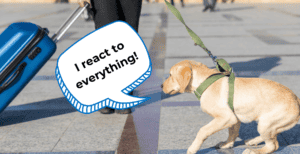
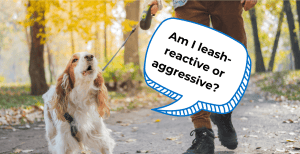
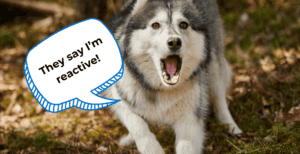
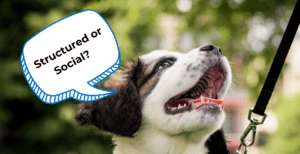
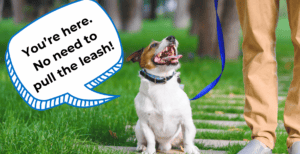
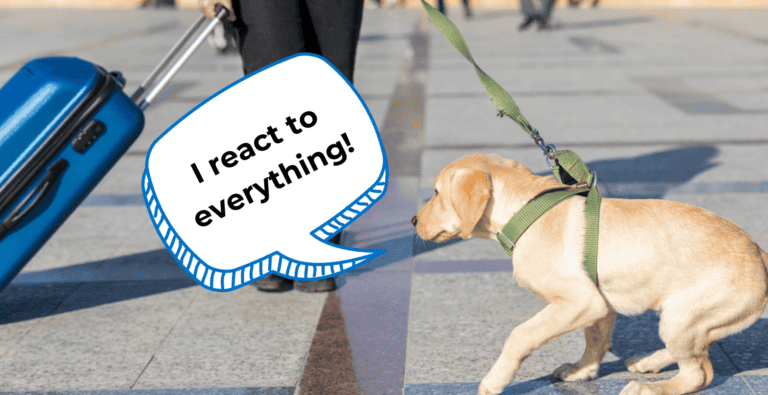
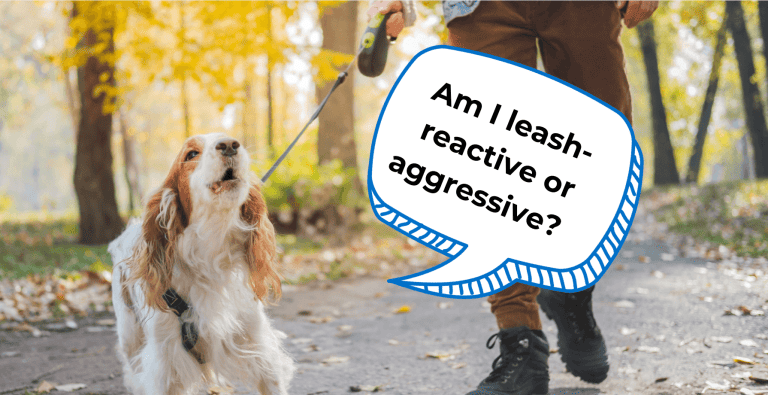
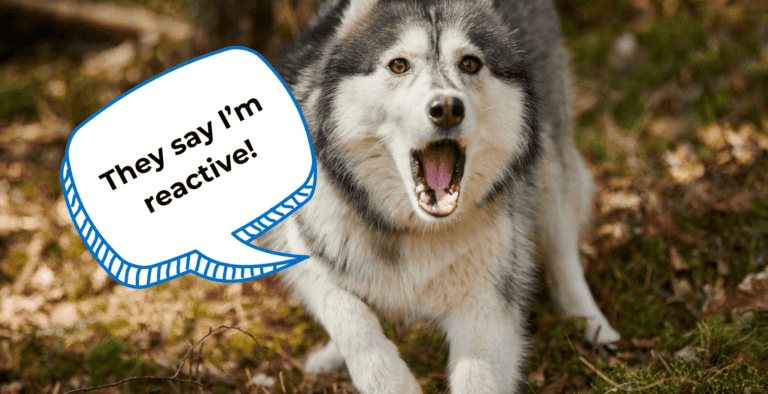

4 Responses
Thank you Doggy Dan for your guidance. I have a 13mth female Samoyed. She is very excited meeting people and jumps on them and pulls on her leash. I had a personal trainer previously but did not work. We are following your calm dog code and 5 golden rules but she is still hard to settle. I bought the leash you had recommended in one of your videos which is similar to a harness but not much improvement either. When she is with us alone at home she is the most loveable and calm dog but when we have visitors or take her on walks she is super excited and we cannot have her off leash. I tried the calm freeze on many occassions but it still does not work. many thanks Pat
Hi Pat,
Teaching dogs how to behave appropriately when on a walk is one of the most common behaviours we get asked about. All it takes is a little practice and consistency and things will start to improve. In the short term it may be that you need to postpone your normal walk and shift your focus to being really clear with your dog about how you expect her to behave. Ensuring that you work her through the stages leading up to the walk, making sure she is calm at each stage, is something you may need to dedicate a few extra practice sessions to during your day. The great thing is that you don’t even need to leave your home to practice, just do some whenever you have a little spare time at home. When she is progressing well you can then extend your sessions to help reinforce the lesson away from your home. Her behaviour may regress a little but as long as you are consistent then she will start to relax again. Bets…Doggy Dan
I have a pitbull. He is a very good dog. 8 month’s old. But he jumps on people when they come over . I hate that. I know he is excited. I sent him to Obedience school when he was 3 months. The guy did a Routine. The school cost me $750 for 10days. NOT WORTH IT. I just want him to listen and STOP jumping on people when they come over. Can you please help me?
Hi Cindy,
This is actually a really common behaviour and with dogs who tend to get a bit excited when visitors come over it can be really effective to place your dog on-leash and ask your visitors to delay giving him a pat or saying ‘hi’ to him until he has calmed down. Having your dog on-leash makes it easier to prevent him from jumping up on your guests and it also means he is likely to calm down a whole lot quicker. It will also help if you limit your interaction with him at this point, so avoid trying to get him to ‘sit’ or speaking to him at all really….just let your calm actions do the work here. Once he has relaxed in their presence you can let him off-leash and if he starts to get excited again then repeat the above. Hope that helps, Doggy Dan